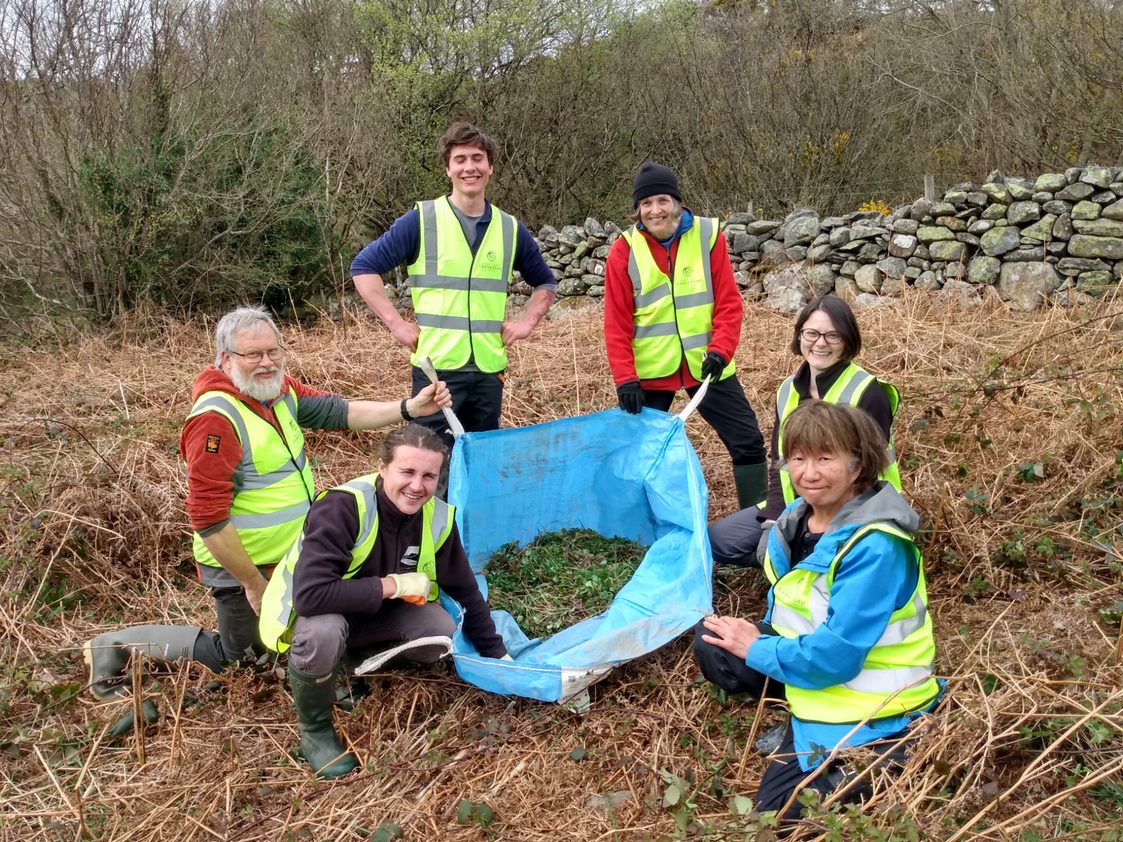Invasive species are species that can negatively affect native plants and animals.
Biological systems are in constant competition for nutrition, water and light. Introducing non-native species to these systems can make them more competitive.
Some species cannot compete against these new, more resilient and robust species and therefore struggle to thrive and in some cases are wiped out from an area entirely.
This can then have a negative impact on animals and insects that evolved to live with them.










